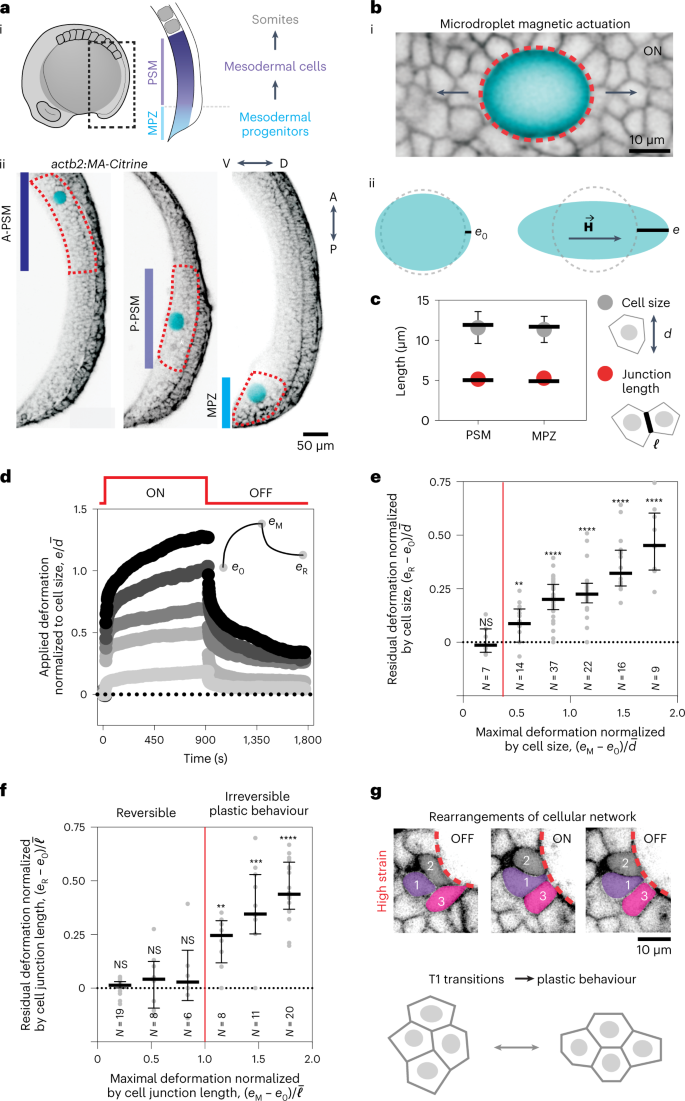2023-01-03 ノースカロライナ州立大学(NCState)
「リノール酸は、植物油、ナッツ類、種子類に含まれる脂肪酸で、欧米人の食事に多く含まれる脂肪酸の一つです。リノール酸の代謝産物(体内で消化分解されてできる産物)は、皮膚のバリア機能に関与しています。」と、ノースカロライナ州立大学神経科学准教授で本研究の筆頭著者であるSantosh Mishraは述べています。「我々は、乾癬病巣において、リノール酸に由来する2種類の脂質が高いレベルにあることに気づきました。「この脂質が、病変部の感覚ニューロンのコミュニケーションに影響を与えるのではないかと考えたのです。我々は、脂質の存在が、多くの乾癬患者が訴える温度や痛みの過敏性に関係しているかどうかを調査することにしました。”
研究チームは、乾癬病変の皮膚の脂質プロファイルを作成するために、質量分析法を使いました。研究チームは、リノール酸由来の2種類の脂質、すなわち13-ヒドロキシ-9,10-エポキシオクタデセノエート(9,13-EHL)と9,10,13-トリヒドロキシオクタデセノエート(9,10,13-THL)に着目した。最初の形態である9,13-EHLは、特定の酵素との相互作用によって、より安定な9,10,13-THLに変換されることがある。
研究者らは、どちらの形態も皮膚の感覚ニューロンの受容体に結合するが、より安定な形態である9,10,13-THLは、9,13-EHLよりも効果が長く持続することを発見した。
また、脂質が神経細胞の受容体に結合すると、温度や痛みの過敏性に関与するTRPA1およびTRPV1受容体を発現する神経細胞を活性化し、中枢神経系への通信路を開くことも明らかになった。
興味深いことに、この脂質はかゆみを抑える効果はありませんでした。
「これらの脂質が、過敏症を引き起こすことはあっても、乾癬に伴う最も厄介な症状である痒みに影響を与えないというのは、驚くべきことでした」と、Mishraは述べています。「これは、ニューロンがどのように活性化されるかに関係している可能性が高いのですが、そのメカニズムは、まだ解明されていません」。
リノール酸と温度や痛みに対する過敏性との関連性が確立された今、研究者達は、この反応がどのようにして生み出されているのかを、さらに正確に探りたいのです。研究者らは、その答えが乾癬患者のこれらの症状を緩和する解決策につながることを期待しています。
「この脂質がある形態から別の形態へと移動することは分かっていますが、その原因についてはまだ分かっていません」とミシュラ氏は言います。「また、脂質がどのタンパク質と結合しているのかもわかっていますが、どこで結合しているのかはわかっていません。これらの疑問に答えることで、うまくいけば、乾癬患者のための新しい治療法、あるいは食事療法につながるかもしれません。
<関連情報>
- https://news.ncsu.edu/2023/01/common-fatty-acid-temperature-pain-sensitivity-psoriasis-plaques/
- https://www.jidinnovations.org/article/S2667-0267(22)00085-6/fulltext
リノール酸の内因性誘導体およびその安定な類似体は疼痛メディエーターとなる可能性がある Endogenous Derivatives of Linoleic Acid and Their Stable Analogues are Potential Pain Mediators
Joshua J. Wheeler,Anthony F. Domenicheillo,Jennifer R. Jensen,Gregory S. Keyes,Kristen M. Maiden,John M. Davis,Christopher E. Ramsden,Santosh K. Mishra
JID Innovations Published:December 25, 2022
DOI:https://doi.org/10.1016/j.xjidi.2022.100177

ABSTRACT
Psoriasis is characterized by intense pruritus, with a subset of psoriatic individuals experiencing thermal hypersensitivity. However, the pathophysiology of thermal hypersensitivity in psoriasis and other skin conditions remains enigmatic. Linoleic acid (LA) is an omega-6 fatty acid that is concentrated in the skin, and oxidation of LA into metabolites with multiple hydroxyl and epoxide functional groups has been demonstrated to play a role in skin barrier function. Previously, we identified several LA-derived mediators that were more concentrated in psoriatic lesions, but the role of these lipids in psoriasis remains unknown. Here, we report that two such compounds 9,10-epoxy-13-hydroxy-octadecenoate (9,13-EHL) and 9,10,13-trihydroxy-octadecenoate (9,10,13-THL) are present as free fatty acids and induce nociceptive behavior in mice but not rats. Chemically stabilizing 9,13-EHL and 9,10,13-THL, through the addition of methyl groups, we observed pain and hypersensitization in mice. The nociceptive responses suggest an involvement of the TRPA1 channel, while hypersensitive responses induced by these mediators may require both TRPA1 and TRPV1 channels. Furthermore, we showed that 9,10,13-THL-induced calcium transients in sensory neurons are mediated through the Gβγ subunit of an unidentified GPCR. Overall, mechanistic insights from this study will guide the development of potential therapeutic targets for the treatment of pain and hypersensitivity.


